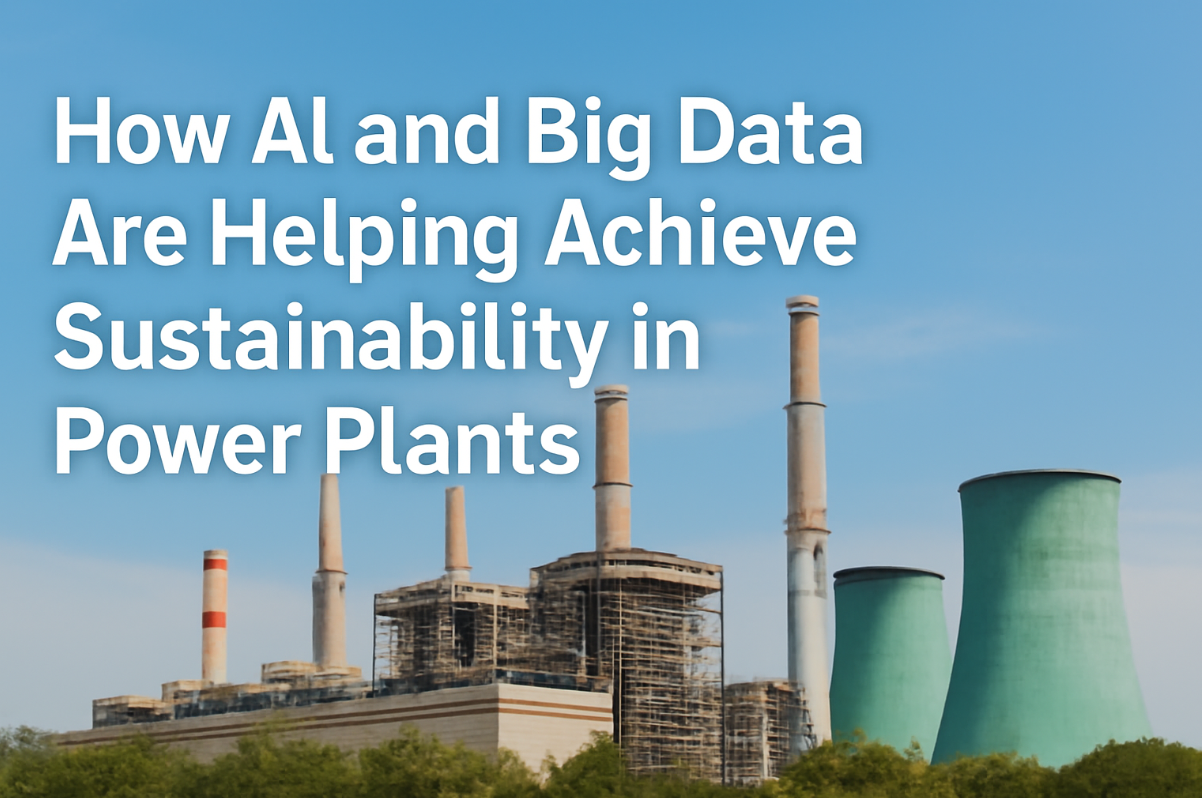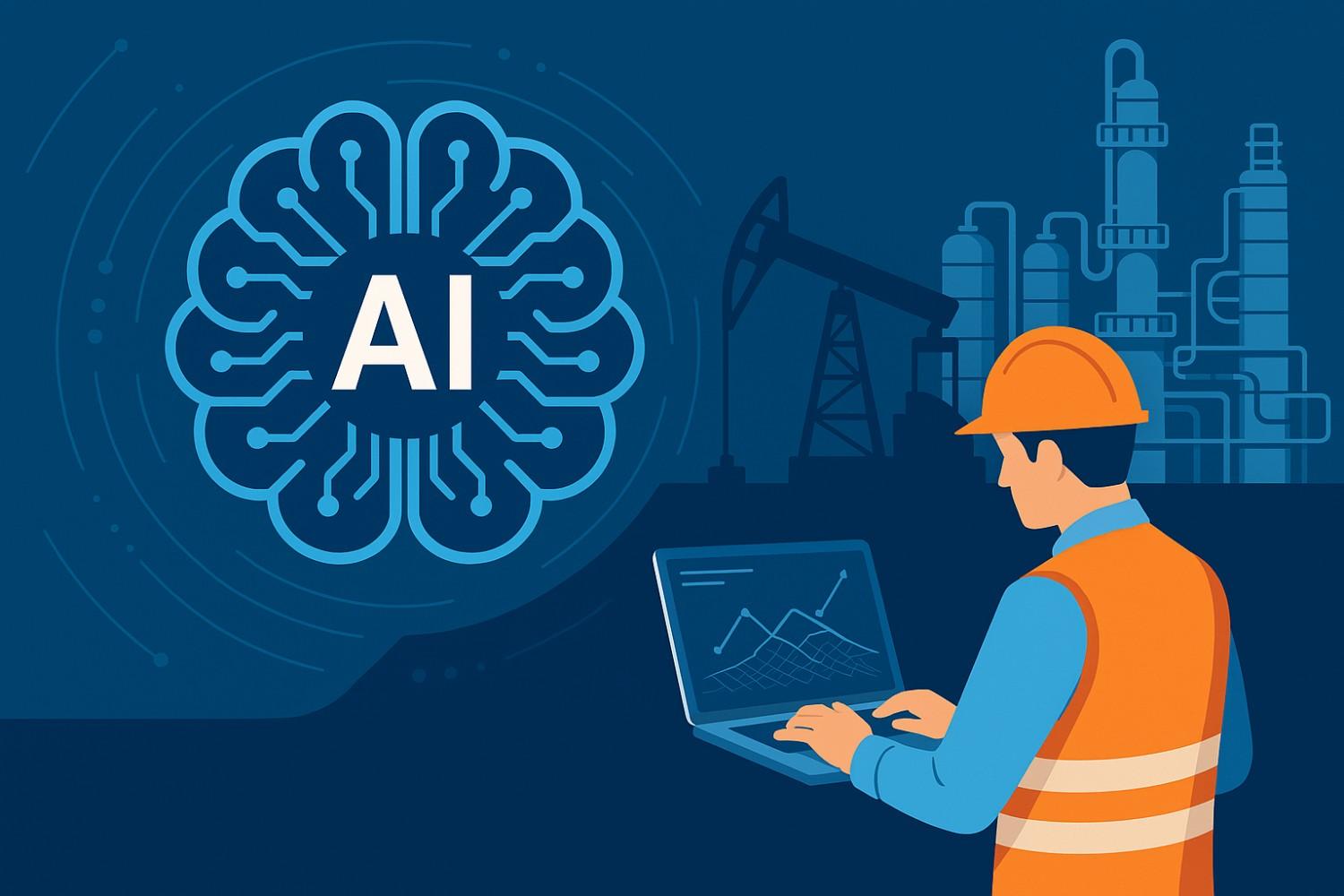Digital technologies are opening new pathways for decarbonization, enabling better data management, real-time control, and transparent tracking of emissions. Despite challenges such as low digital maturity and regulatory gaps, integrated solutions, ranging from industrial AI to blockchain, can accelerate the transition to net-zero.
Government policy, cross-sector collaboration, and standardized data frameworks remain crucial for scaling these innovations. Investment in the low-carbon energy transition reached a record $2.1 trillion in 2024, underscoring the urgency and market momentum behind digital decarbonization.
Introduction: Why Digitalization is Crucial to a Net-Zero Future
As we approach mid-century net-zero targets, the gap between current trajectories and required emissions cuts is vast. According to the International Energy Agency, digital technologies could reduce global emissions by up to 20% through enhanced efficiency in the energy, materials, and mobility sectors. Meanwhile, the IEA highlights that digital tools can integrate variable renewables and optimize end-use systems, cutting emissions while improving reliability. These figures demonstrate that marrying decarbonization and digitalization is no longer optional but fundamental to achieving climate goals.
Challenges in Achieving Decarbonization Goals
Low digital maturity across industries
Many companies lack the IT infrastructure and data analytics capabilities needed for effective carbon management. A U.S. Department of Energy roadmap shows that over 60% of industrial facilities report limited access to real-time emissions data, which slows industrial decarbonization efforts.
Operational complexity in large energy systems
Energy networks comprise countless interconnected assets, ranging from power plants to distribution grids, making holistic optimization a challenging task. Multinational surveys reveal that only 35% of utilities have deployed advanced analytics on a large scale, which hampers their system-wide decarbonization strategies.
Trust and transparency in carbon markets
Voluntary and compliance carbon markets suffer from inconsistent measurement, reporting, and verification (MRV) standards. Blockchain can enhance transparency, but its adoption remains nascent due to interoperability and governance hurdles, which delay progress in decarbonization.
Core Digital Technologies Accelerating Decarbonization
Integrated Data Management
High-quality, centralized data platforms enable granular tracking of energy use and emissions. The IEA’s Energy Technology Perspectives notes that unified data systems can unlock up to a 15 percent efficiency gain in industrial processes by 2030.
Industrial Artificial Intelligence
Machine learning models predict equipment failures, optimize supply chains, and automate process controls. AI’s energy appetite raises questions, but the IEA projects that by 2035, AI applications could cut energy-related emissions by 5 percent globally.
Cloud Technology
Scalable compute resources in the cloud enable organizations to process massive IoT and sensor datasets without incurring heavy upfront capital expenditures. Cloud-based analytics drive digital decarbonization by reducing energy use in traditional data centers and enabling on-demand simulations of low-carbon scenarios.
Internet of Things (IoT) and Smart Devices
Sensors and smart meters deliver real-time visibility into equipment performance and energy flows. According to the World Economic Forum, IoT solutions could reduce industrial carbon intensity by 10–15 percent by 2030 when combined with AI analytics.
Blockchain and Web3
Distributed ledgers provide immutable records for carbon credits and energy certificates, enhancing trust in emissions tracking. Pilot projects in Europe demonstrate up to a 20 percent reduction in verification costs, accelerating decarbonization across supply chains.
Digital Trends Redefining the Energy Ecosystem
Decentralized and distributed energy systems
Peer-to-peer energy trading platforms utilize blockchain to match local renewable energy generation with demand, thereby reducing transmission losses. Such models support industrial decarbonization by allowing factories to procure green power directly from nearby producers.
Edge computing for real-time control
Processing data at the network edge minimizes latency, enabling millisecond-level adjustments in power flows and process parameters. Edge AI controllers have been shown to improve grid stability and optimize load balancing, which is crucial for integrating intermittent renewable energy sources.
Digital twins for predictive simulation
Virtual replicas of physical assets facilitate what-if analyses, helping operators anticipate failures and test decarbonization scenarios without disrupting real-world systems. The IEA finds that digital twins can cut unplanned downtime by 30 percent, boosting overall plant efficiency.
AI and blockchain convergence for transparent carbon tracking
Combining AI’s predictive power with blockchain’s verification ensures automated, tamper-proof monitoring, reporting, and verification (MRV) of emissions. Early adopters report a 25 percent faster audit process, laying the groundwork for scalable carbon markets.
Barriers to Digital Adoption in the Energy Sector
High energy usage of some digital platforms
While digital tools enable efficiency, data centers and AI workloads increase electricity demand. Strategies such as workload scheduling and server virtualization are crucial to prevent digitalization from undermining the gains made in decarbonization.
Cost, regulation, and technical gaps
Large capital outlays, complex regulatory environments, and a shortage of skilled professionals slow technology deployment. A McKinsey analysis highlights that up to 70 percent of potential decarbonization investments stall at the pilot stage due to unclear policy incentives.
Need for cross-sector collaboration and data standardization
Fragmented data formats and proprietary systems hinder interoperability. Standardized protocols, supported by industry consortia and government bodies, are crucial for accelerating decarbonization and digitalization across entire value chains.
The Role of Government and Policy in Scaling Innovation
Public policy can catalyze investment and standardization. The U.S. Department of Energy’s Industrial Decarbonization Roadmap outlines federal actions, ranging from research and development (R&D) grants to tax credits, to support low-carbon technologies in the heavy industry.
In the EU, the Digital Europe programme, part of the Green Deal, allocates €1 billion to develop digital tools for energy efficiency, strengthening the links between decarbonization and digitalization. Regulatory frameworks that mandate MRV standards, carbon pricing, and open data initiatives will be crucial to mainstreaming the digital solutions described above.
Conclusion
Achieving net-zero emissions demands both technological innovation and systemic change. By leveraging integrated data management, AI, cloud computing, IoT, and blockchain, organizations can accelerate decarbonization, optimize operations, and gain trust in carbon accounting. Overcoming barriers, such as energy-intensive digital platforms, upfront costs, and data silos, will require robust policy support and multi-stakeholder collaboration. As investment in the low-carbon transition surpasses $2 trillion annually, the imperative is clear: embedding digital decarbonization into business models is not just beneficial, it is essential for a resilient, net-zero future.




